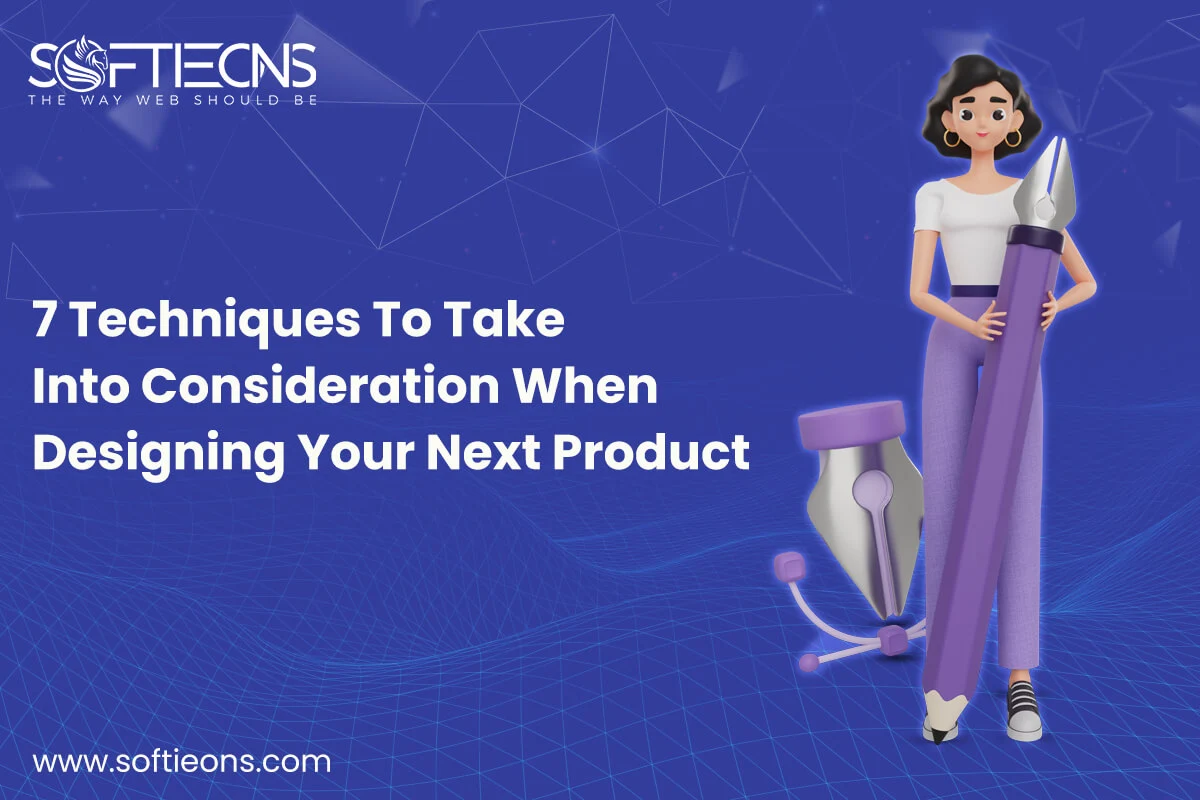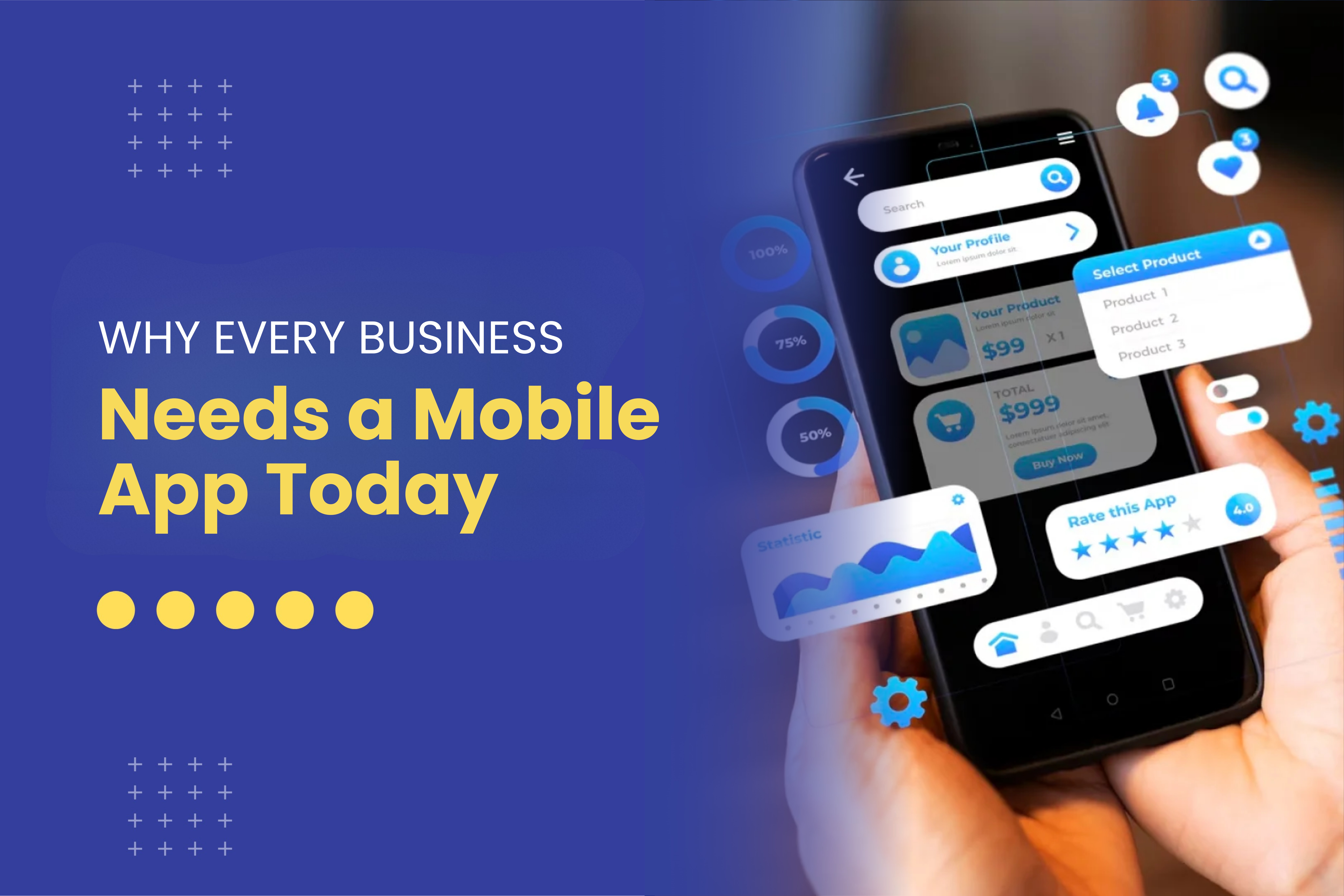7 Techniques To Take Into Consideration When Designing Your Next Product
Wed, 13 Mar 2024
Designing a hit product goes beyond simply developing an aesthetically captivating and functional object. It calls for deep expertise in user needs and dreams, in addition to the capability to conform to marketplace tendencies and technological improvements. In this newsletter, we can explore seven important techniques to take into account when designing your next product. From person studies and market evaluation to agile design approaches and sustainable concepts, these strategies will help you create a consumer-centric and impactful product that stands out in a cutting-edge competitive panorama. By following these techniques, you could make certain that your design selections are driven by consumer insights, resulting in a product that delights customers, meets their needs, and achieves long-term success.
Understanding User Needs and Goals
Conducting User Research
Before diving into the design procedure, it's essential to get a clean know-how of your customers. Conducting personal research enables you to discover their wishes, pain points, and goals. It's like detective work, but as opposed to solving crimes, you're fixing design challenges. So put on your Sherlock Holmes hat and begin gathering insights from real users.
Creating User Personas
Once you have collected personas, it is time to create consumer personas. These are fictional characters that constitute distinct types of users. Think of them as your design squad. By having expertise in their motivations, behaviors, and alternatives, you may make layout decisions that cater to their unique desires. Plus, it's way more amusing to design for fictional characters than for typical, faceless customers.
Defining User Scenarios
User scenarios are like mini-stories that map out how customers would interact with your product. By placing yourself in your users' shoes, you can identify the numerous steps they might take and the problems they may come upon. This allows you to lay out a product that not only meets their wishes but also affords a lovely consumer experience. It's like planning a wonderful celebration for your customers, but without the confetti (well, until your product is a party-planning app).
Conducting Thorough Market Research
Identifying Target Market
To design a hit product, you need to recognize who your target market is. Conduct market research to discern who your product is meant for. Are you focused on millennials who love avocado toast? Or maybe it is baby boomers who cannot withstand the very good sport of bingo? Knowing your target market helps you tailor your product to their particular choices and needs. It's like creating a Tinder profile but for your product.
Analyzing Competitors
Just like in a recreation of Monopoly, you need to realize who your competitors are and what they may be up to. Analyzing your competition's products permits you to perceive gaps in the marketplace and find ways to distinguish yourself. It's like being an undercover agent; besides having a preference for mystery devices, you have spreadsheets and an amazing eye for design.
Assessing Market Trends Designing
To stay ahead of the game, it's essential to keep up with the cutting-edge tendencies in your industry. Are human beings all of a sudden enthusiastic about voice-activated assistants or digital facts? By staying inside the loop, you may incorporate these trends into your product and provide your users with the present-day and greatest. It's like being a fab kid at a high school dance, except you are designing merchandise instead of displaying your dance moves.
Prioritizing User Experience and Usability Designing
Designing Intuitive User Interfaces
The key to an amazing personal experience is designing an interface that feels second nature to your customers. It's like speaking their language, but rather than using words, you're using buttons and icons. By developing a personal interface that is intuitive and smooth to navigate, you may have users singing your praises and coming again for more.
Enhancing Accessibility and Inclusivity
Inclusivity is not only a buzzword; it's a design precept that needs to be at the core of your product. Consider the diverse variety of customers who will interact with your product, and make sure it's accessible to everybody. Think about users with disabilities, distinctive languages, or varying technological skills. Making your product inclusive no longer benefits a much wider target audience but additionally shows that you care about approximately developing an advantageous effect.
Optimizing Performance and Speed of Designing
Nobody likes looking forward to a gradual-loading website or a laggy app. So make sure your product is optimized for performance and velocity. It's like riding a sports car instead of a rusty vintage bicycle. Your users will admire the easy ride, and you may avoid any indignant emails disturbing a refund.
Implementing Agile Designing Processes
Embracing Iterative Designing
Gone are the days of spending years perfecting a product before launching it. In today's fast-paced international environment, it's all about embracing iterative design. This approach constantly tries out and improves your product based on personal comments. It's like a never-ending game of Whack-a-Mole, but in preference to moles, you are whacking design flaws. Embrace the procedure, and your product will evolve into something truly top-notch.
Incorporating User Feedback
Your users are the ultimate judges of your product, so listen to what they've got to say. Incorporate personal feedback into your design procedure to make sure you're creating something that meets their needs. It's like having a focused organization without the awkward small communication and loose snacks.
Collaborating with Cross-purpose Teams for Designing
Designing a product is not a one-individual display. Collaborate with go-practical groups, like advertising and improvement, to ensure your layout aligns with commercial enterprise goals and technical constraints. It's like being a part of a layout Justice League, where each crew member brings their superpower to create something simply outstanding.
Incorporating Sustainable and Ethical Design Principles
In contemporary global markets, agencies need to prioritize sustainability and ethics in their product layout. By doing so, you now not only make contributions to a more fit planet but additionally construct consideration among your clients. Here are a few key techniques to consider:
Reducing Environmental Impact
Implementing sustainable layout practices can substantially reduce the environmental impact of your products. From using eco-friendly materials to optimizing electricity consumption, there are numerous approaches to making your product extra eco-conscious. Remember, Mother Earth will thank you!
Ensuring Data Privacy and Security
Privacy and security are hot topics in recent times, and clients have become increasingly worried about how their records are being dealt with. Make sure your product layout prioritizes statistics protection and encryption to offer users peace of mind. Trust me, satisfied customers are much less likely to throw their laptops out of the window.
Promoting Ethical Design Practices
Ethics need to be in the middle of the product layout. By selling transparency, inclusivity, and variety, you create a higher level of satisfaction for all users. Avoiding manipulative layout strategies and being aware of capability biases will earn you a gold star in the moral design branch.
Iterating and Testing for Continuous Improvement in Designing
Designing an awesome product isn't always a one-time occasion. It's an ongoing process of generation and improvement. By incorporating those techniques, you could continually beautify your product's consumer appeal.
Conducting Usability Testing
Usability checking out allows you to observe actual customers interacting with your product. By cautiously gazing at their struggles and successes, you could become aware of regions for improvement and refine your design as a result. Remember, make it as user-friendly as explaining a meme to your grandmother.
Analyzing User Feedback
Listening to your customers is vital. Their feedback gives precious insights into what works and what does not. Analyze their comments, identify styles, and don't be afraid to pivot as you wish. Just like changing your hairstyle based totally on your pal's fashion recommendation, consumer feedback helps you live comfortably.
Implementing Iterative Design Changes
Once you've accrued insights from usability testing and consumer comments, it's time to roll up your sleeves and make a few design changes. Implementing iterative layout changes allows you to refine your product incrementally, addressing concerns and enhancing the consumer experience. But by using a bit, you may construct a product that shines brighter than a unicorn in a disco ball.
Leveraging Data Analytics and User Feedback
Data is the brand new oil, they are saying. By leveraging record analytics and personal comments, you can make knowledgeable selections and create a product that simply meets your users' needs. Here are some techniques to remember:
Utilizing Data-pushed Insights for Designing
Data analytics provide treasured insights into how customers interact with your product. By reading a person's conduct, you may find utilization patterns, pick out bottlenecks, and nice-track your layout. It's like having an X-ray vision for your product!
Monitoring Key Performance Indicators
Keep an eye on key performance indicators (KPIs) to gauge the fulfillment of your product. Whether it is conversion prices, consumer engagement, or customer pride, monitoring KPIs facilitates measuring development and making statistics-driven decisions. Just like counting the number of likes in your social media post, KPIs provide you with a short pulse test.
Incorporating User Feedback Loops
User feedback shouldn't be a one-time thing. Continuously seeking remarks from your users to understand their evolving desires and expectations. By creating feedback loops, you may make certain your product remains applicable and exquisite. Like never-ending communication, consumer feedback loops keep you engaged with your target audience.
Remember, designing a stellar product requires a mixture of creativity, empathy, and a willingness to adapt. By incorporating those strategies, you will be well on your way to growing a product that users will love, believe in, and perhaps even write fan mail about. So, allow your creative juices to flow and design with purpose!
In conclusion, incorporating those seven techniques into your product design technique can significantly enhance the probability of creating a hit and impactful product. By understanding consumer wishes, carrying out thorough market studies, prioritizing personal enjoyment, embracing agile layout approaches, incorporating sustainable and ethical standards, iterating and checking out for non-stop development, and leveraging record analytics and personal feedback, you can ensure that your subsequent product meets the expectations of your target audience. Remember, designing a product isn't always a one-time endeavor but an ongoing adventure of refinement and variation. With these techniques in your arsenal, you could optimistically navigate the design process and create merchandise that resonates with customers and drives meaningful effects inside the market.
POPULAR POSTS
Shopify vs. WordPress: Which one is best for e-commerce?
Wed, 07 Apr 2021Role of IoT in the Real Estate Industry
Wed, 14 Apr 2021Why UX And UI Is Important For Mobile Application Development
Sat, 01 May 2021Telemedicine's Advantages in Nursing Homes
Fri, 24 Dec 2021RECENT POSTS
PHP & Laravel Web Development | Build Secure & Scalable Websites
Thu, 18 Dec 2025Why Every Business Needs a Mobile App Today
Thu, 18 Dec 2025Title: Run Your Entire Real Estate Business From Your Phone
Fri, 12 Dec 2025









